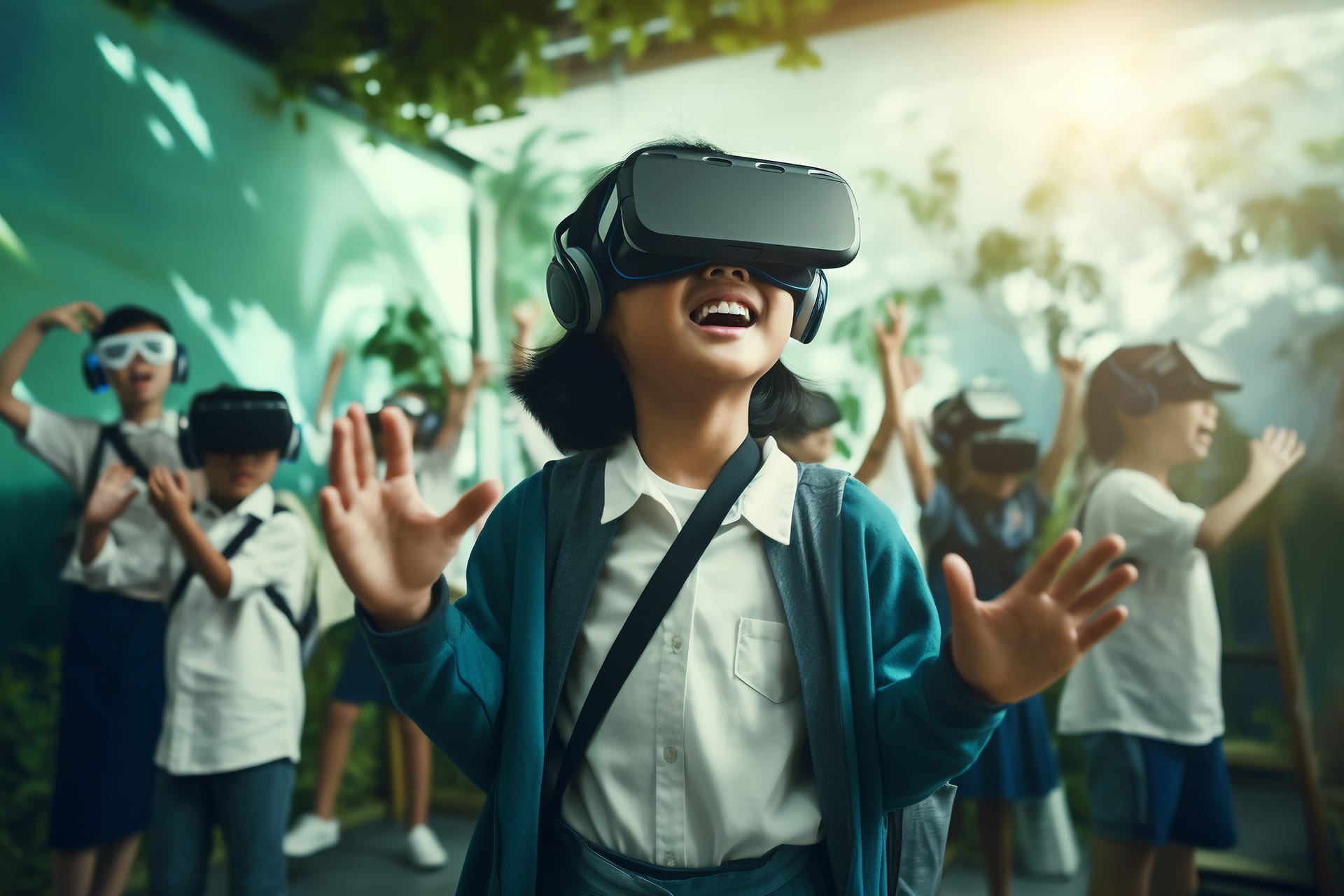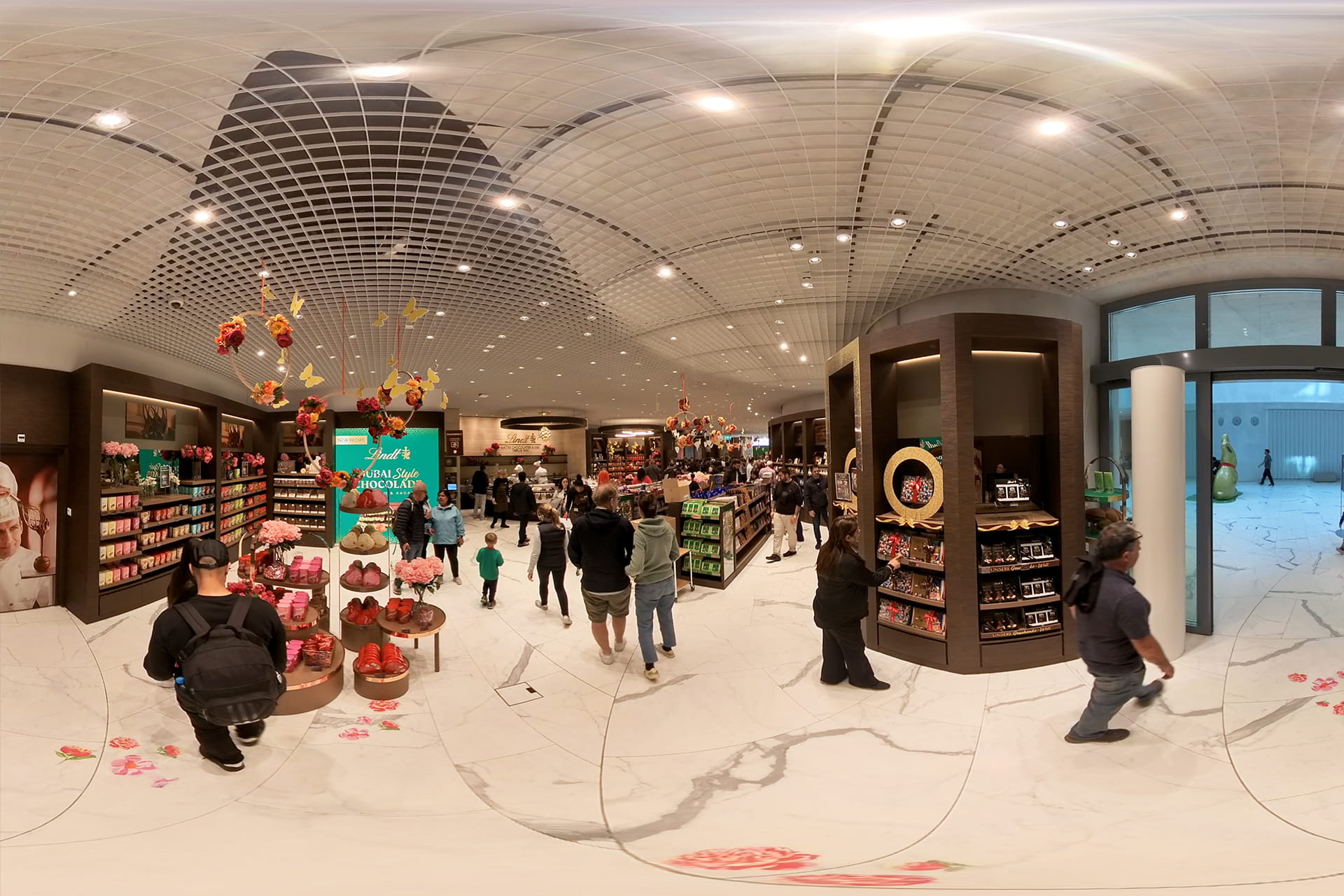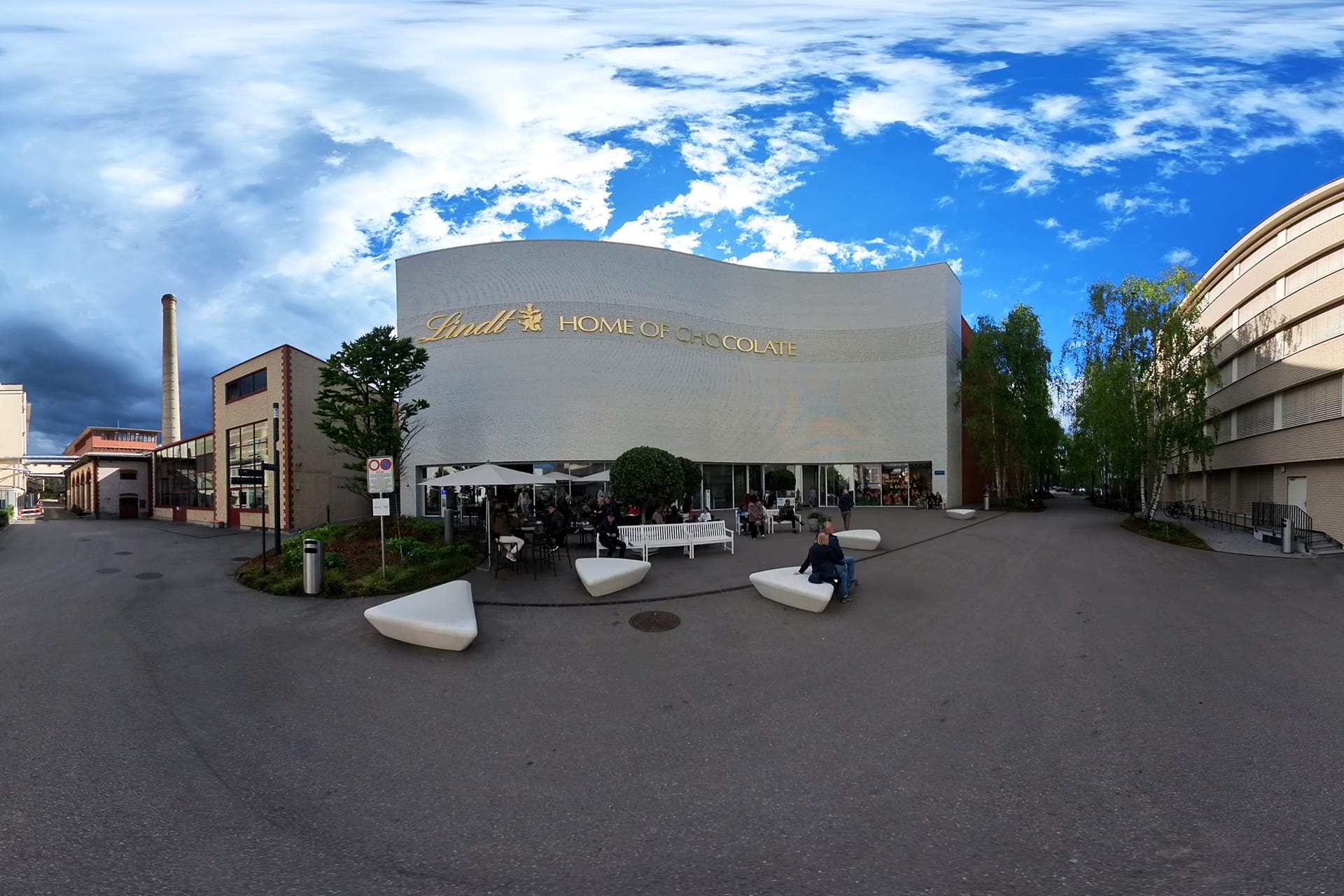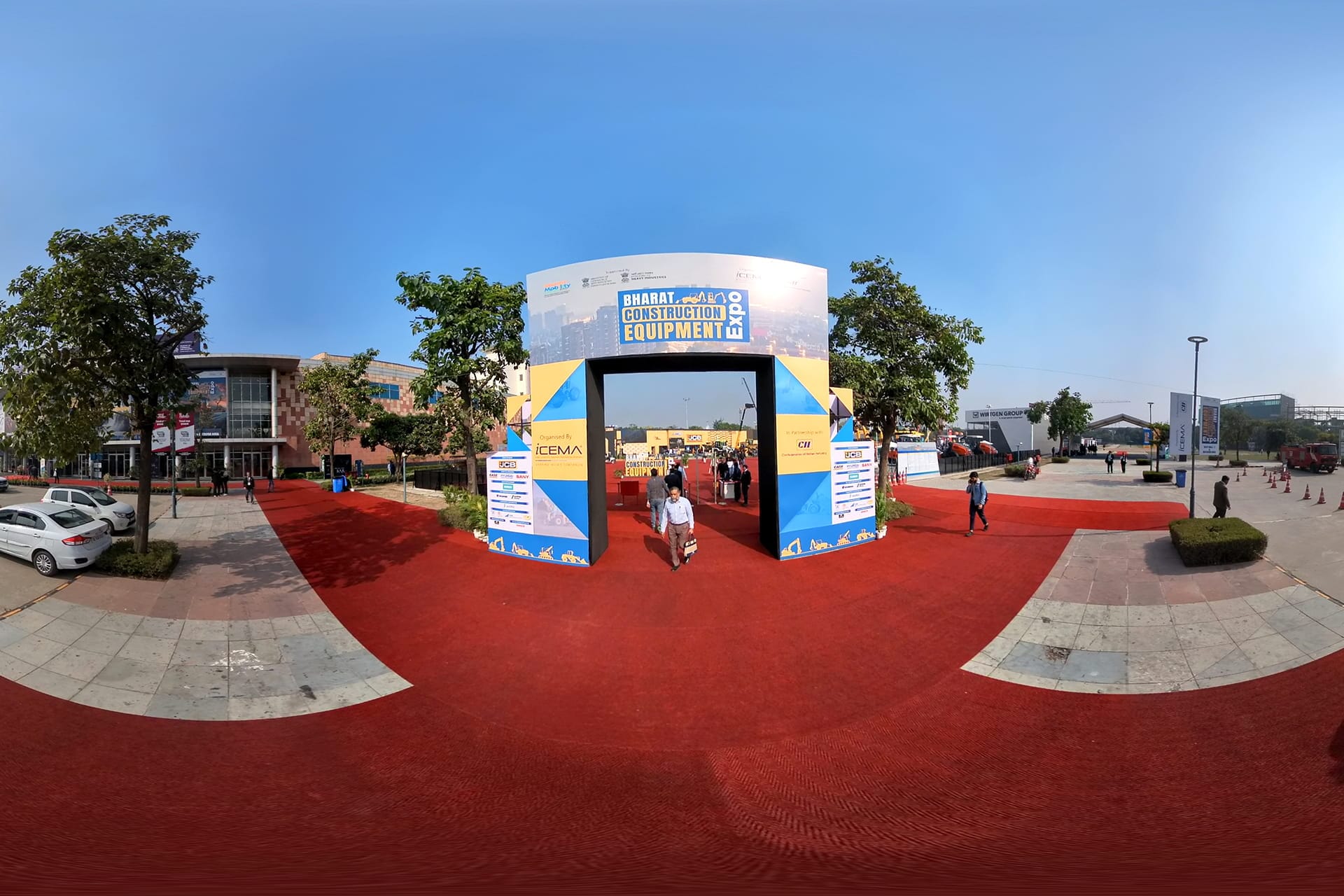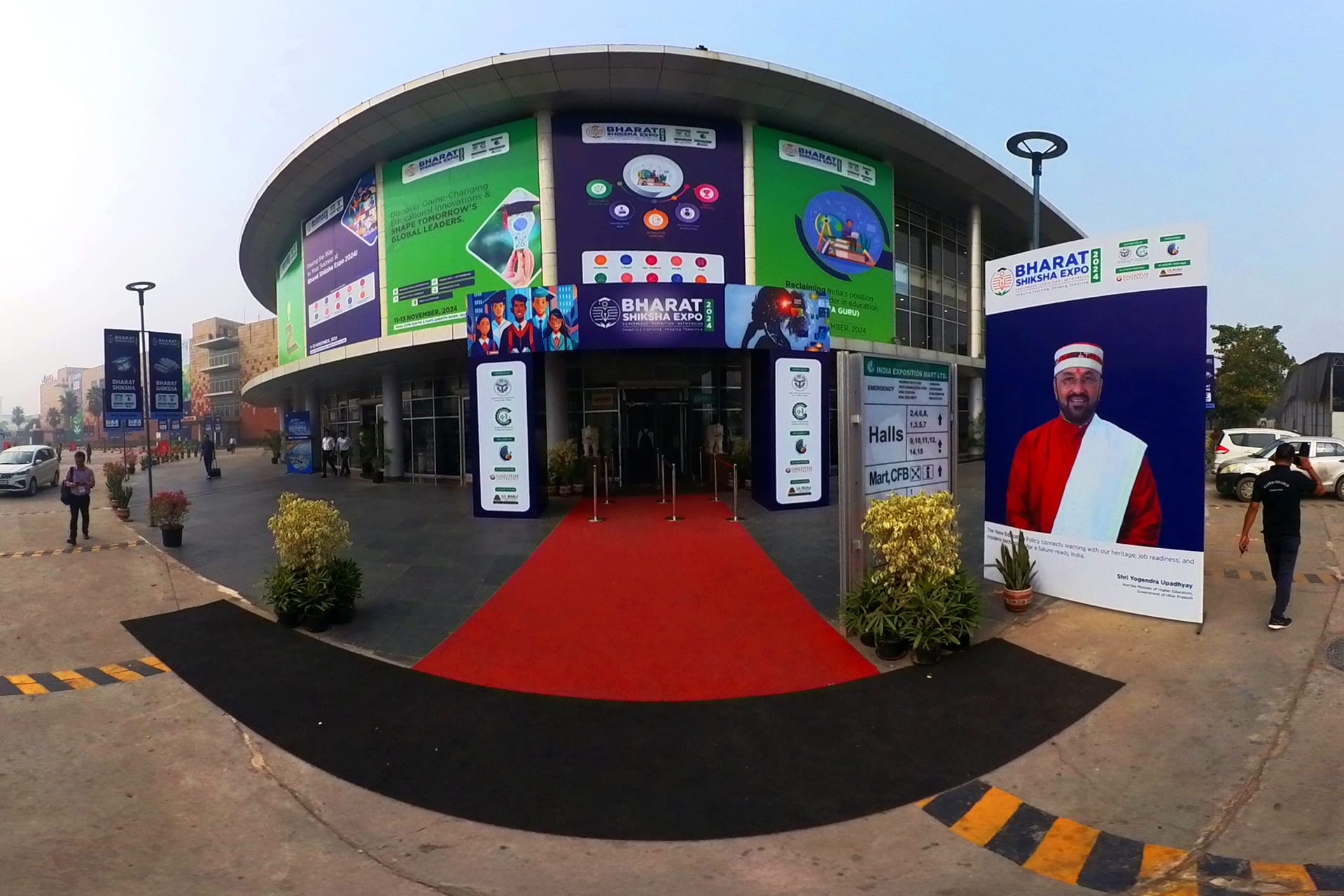Virtual Reality (VR) is revolutionizing education by offering immersive learning experiences that go beyond textbooks and traditional classrooms. With VR, students can explore complex concepts, historical events, and scientific phenomena in interactive, engaging, and memorable ways.
This blog explores how VR is transforming education, improving student engagement, comprehension, and collaboration.
1. Immersive Learning Environments
- Virtual Classrooms: Students can attend lessons in fully immersive 3D environments, no matter their location.
- Field Trips in VR: Explore historical sites, museums, and scientific labs without leaving the classroom.
- Practical Simulations: VR allows hands-on practice in engineering, chemistry, medicine, and more safely.
2. Enhancing Engagement and Retention
- Interactive Lessons: Students actively participate instead of passively listening.
- Gamified Learning: Points, challenges, and rewards make learning fun and motivating.
- Better Retention: Immersive experiences improve understanding and memory of complex subjects.
3. Supporting Special Education
- Personalized Learning Paths: VR can adapt to the pace and needs of individual students.
- Sensory Experiences: Helps students with learning disabilities or sensory challenges engage effectively.
- Safe Practice Environments: Students can practice social interactions, communication, and problem-solving in virtual settings.
4. Collaboration and Social Learning
- Virtual Labs and Projects: Students collaborate remotely in shared VR spaces.
- Team-Based Activities: Encourage problem-solving and communication skills.
- Global Learning: Connect students across different countries and cultures in interactive VR classrooms.
5. VR Tools and Platforms for Education
- Unity and Unreal Engine: Create interactive VR lessons and simulations.
- Google Expeditions & ClassVR: Ready-made VR content for schools.
- 360° Video and VR Apps: Integrate immersive videos and interactive apps for enhanced learning.
6. Benefits of VR in Education
- Enhanced Comprehension: Students understand abstract concepts visually and interactively.
- Increased Motivation: Engaging VR experiences boost student enthusiasm for learning.
- Cost and Safety: Reduce field trip costs and allow safe practice for dangerous experiments.
- Accessibility: Makes learning inclusive and accessible to remote or differently-abled students.
7. Implementing VR in Educational Institutions
- Assess Needs: Identify subjects or topics that benefit most from VR.
- Choose the Right Hardware: VR headsets or mobile-compatible devices depending on budget.
- Develop or Curate Content: Tailored VR lessons aligned with the curriculum.
- Train Educators: Ensure teachers understand VR tools and best practices.
Conclusion
Virtual Reality is transforming education by creating interactive, engaging, and immersive learning experiences. Students learn faster, retain knowledge better, and collaborate effectively in virtual classrooms and simulations.
At 360Biznus, we specialize in VR development for education, delivering solutions that enhance learning, engagement, and collaboration across schools, colleges, and training institutions.
Get in Touch
Whether you want to develop a new 360 Virtual Tour, 3D Product Display, 360 Product Spin Photography, Google 360 Street View or update an existing 360 Virtual Tour, we're eager to assist.
Call / Email Us / fill in the form below.


